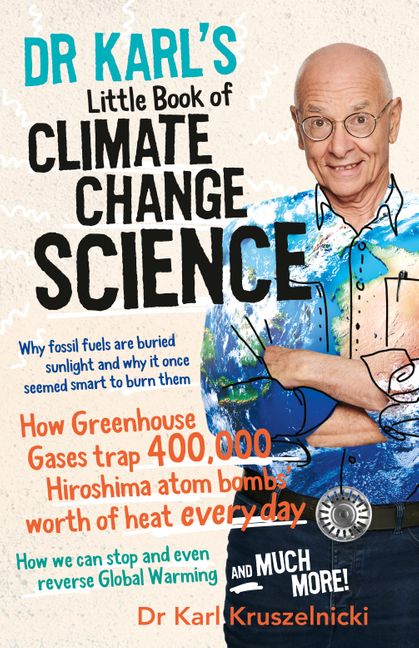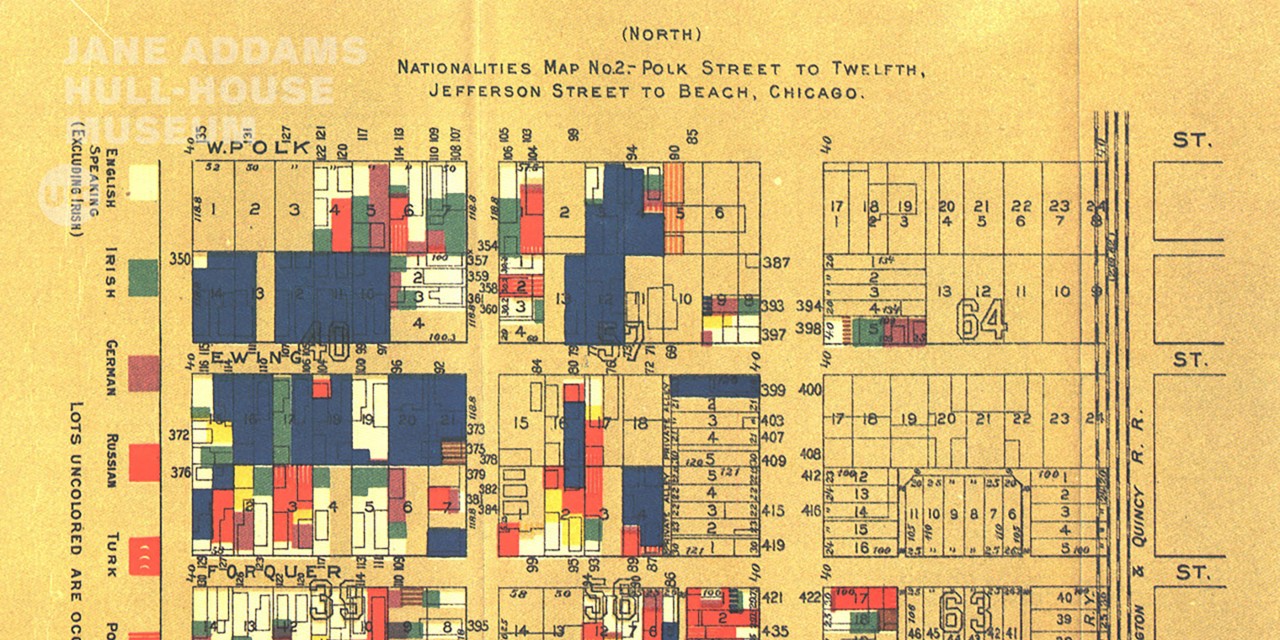
Climate Change Adaptation in Arkansas: A Focus on the Buffalo River
Introduction to Arkansas Times Climate Watch
The Arkansas Times Climate Watch is Arkansas’s first free newsletter dedicated to examining how local communities are adapting to climate change. It provides bi-monthly updates directly to subscribers’ inboxes, emphasizing sustainable development and environmental resilience aligned with the United Nations Sustainable Development Goals (SDGs), particularly SDG 13 (Climate Action) and SDG 15 (Life on Land).
The Buffalo River: Environmental and Recreational Significance
The Buffalo River, designated as the nation’s first National River in 1972, is a vital natural resource managed by the National Park System. It attracts millions of visitors annually, with 1.6 million recorded in 2024, highlighting its importance for sustainable tourism (SDG 8: Decent Work and Economic Growth; SDG 11: Sustainable Cities and Communities).
Located in the Ozark Mountains, the river is experiencing rising temperatures, consistent with broader climate trends in Arkansas and globally. Between 2002 and 2021, average temperatures increased by 0.5 to 1 degree Fahrenheit, signaling potential threats to the ecosystem and local livelihoods.
Climate Change Impacts on the Buffalo River Ecosystem
- Increasing Extreme Heat Days: Projections indicate 10 to 20 additional days annually with temperatures exceeding 95°F by 2050, which may affect both human recreation and aquatic life.
- Threats to Smallmouth Bass: Smallmouth bass, a species thriving in the river’s cool, oxygen-rich waters, face risks from rising water temperatures and altered hydrological patterns. This directly relates to SDG 14 (Life Below Water) and SDG 15 (Life on Land).
- Hydrological Variability: Climate change may cause fluctuations in rainfall, leading to increased flooding or droughts, which could reduce smallmouth bass populations by half or more, depending on environmental responses.
- Riverbed Changes: Shifts in gravel storage and riverbed shallowing may increase water temperatures further, exacerbating stress on aquatic species.
Research and Conservation Efforts
- Scientific Studies: Research by biologists and professors has modeled climate change impacts on smallmouth bass populations, emphasizing the need for ongoing monitoring and adaptive management strategies.
- Community Engagement: Conservation groups like the Ozark Society, led by environmentalists such as David Petersen, continue to advocate for the protection of the Buffalo River, aligning with SDG 17 (Partnerships for the Goals).
- Data Gaps: Limited longitudinal data on water temperatures and ecological changes highlight the necessity for enhanced research infrastructure to support evidence-based policy making.
Recommendations for Sustainable Development and Climate Resilience
- Enhance monitoring of river temperature and hydrological changes to inform conservation strategies.
- Promote sustainable tourism practices that minimize environmental impact while supporting local economies.
- Strengthen community-led conservation initiatives to foster stewardship and resilience.
- Integrate climate adaptation measures into regional planning to mitigate extreme weather impacts.
Additional Resources and Cultural Engagement
For those interested in the history and ongoing efforts to preserve the Buffalo River, Neil Compton’s book, The Battle for the Buffalo River, offers valuable insights into conservation advocacy. Additionally, the Arkansas Museum of Fine Arts presents The Longview, an exhibit on the history of the conservation movement, which is accessible free of charge, supporting SDG 4 (Quality Education) and SDG 11 (Sustainable Cities and Communities).
Conclusion
The Buffalo River exemplifies the intersection of natural heritage, community well-being, and climate change challenges. Addressing these requires a comprehensive approach grounded in the Sustainable Development Goals, particularly SDG 13 (Climate Action), SDG 14 (Life Below Water), and SDG 15 (Life on Land). Continued research, community engagement, and sustainable management are essential to safeguarding this vital ecosystem for future generations.
1. Sustainable Development Goals (SDGs) Addressed or Connected
- SDG 13: Climate Action
- The article discusses climate change impacts in the Arkansas Ozark Mountains, including rising temperatures and extreme heat days.
- It highlights the need for adaptation to climate change effects on ecosystems and communities.
- SDG 15: Life on Land
- The article focuses on the Buffalo River ecosystem, particularly the smallmouth bass population affected by climate change.
- It addresses conservation efforts to preserve biodiversity and natural habitats in the Ozark region.
- SDG 6: Clean Water and Sanitation
- The health of the Buffalo River’s water quality and temperature is a concern, impacting aquatic life.
- Water resource management is implied through discussions of river discharge and flooding.
- SDG 11: Sustainable Cities and Communities
- The article mentions tourism and recreational activities along the Buffalo River, which relate to sustainable community development.
2. Specific Targets Under Identified SDGs
- SDG 13: Climate Action
- Target 13.1: Strengthen resilience and adaptive capacity to climate-related hazards and natural disasters in all countries.
- Target 13.3: Improve education, awareness-raising and human and institutional capacity on climate change mitigation, adaptation, impact reduction, and early warning.
- SDG 15: Life on Land
- Target 15.1: Ensure the conservation, restoration and sustainable use of terrestrial and inland freshwater ecosystems and their services.
- Target 15.5: Take urgent and significant action to reduce the degradation of natural habitats, halt the loss of biodiversity.
- SDG 6: Clean Water and Sanitation
- Target 6.6: Protect and restore water-related ecosystems, including mountains, forests, wetlands, rivers, aquifers and lakes.
- SDG 11: Sustainable Cities and Communities
- Target 11.4: Strengthen efforts to protect and safeguard the world’s cultural and natural heritage.
3. Indicators Mentioned or Implied to Measure Progress
- Temperature and Climate Data
- Average temperature increase in the Ozark Mountains (0.5 to 1 degree Fahrenheit between 2002 and 2021).
- Number of extreme heat days exceeding 95°F projected for 2050.
- Ecological Indicators
- Population trends of smallmouth bass in the Buffalo River as an indicator of ecosystem health.
- Changes in river discharge and flooding frequency affecting aquatic habitats.
- Shifts in gravel beach distribution and riverbed morphology indicating habitat changes.
- Visitor Data
- Number of visitors to the Buffalo River (1.6 million in 2024) as an indicator of sustainable tourism and community engagement.
4. Table of SDGs, Targets, and Indicators
| SDGs | Targets | Indicators |
|---|---|---|
| SDG 13: Climate Action |
|
|
| SDG 15: Life on Land |
|
|
| SDG 6: Clean Water and Sanitation |
|
|
| SDG 11: Sustainable Cities and Communities |
|
|
Source: arktimes.com






